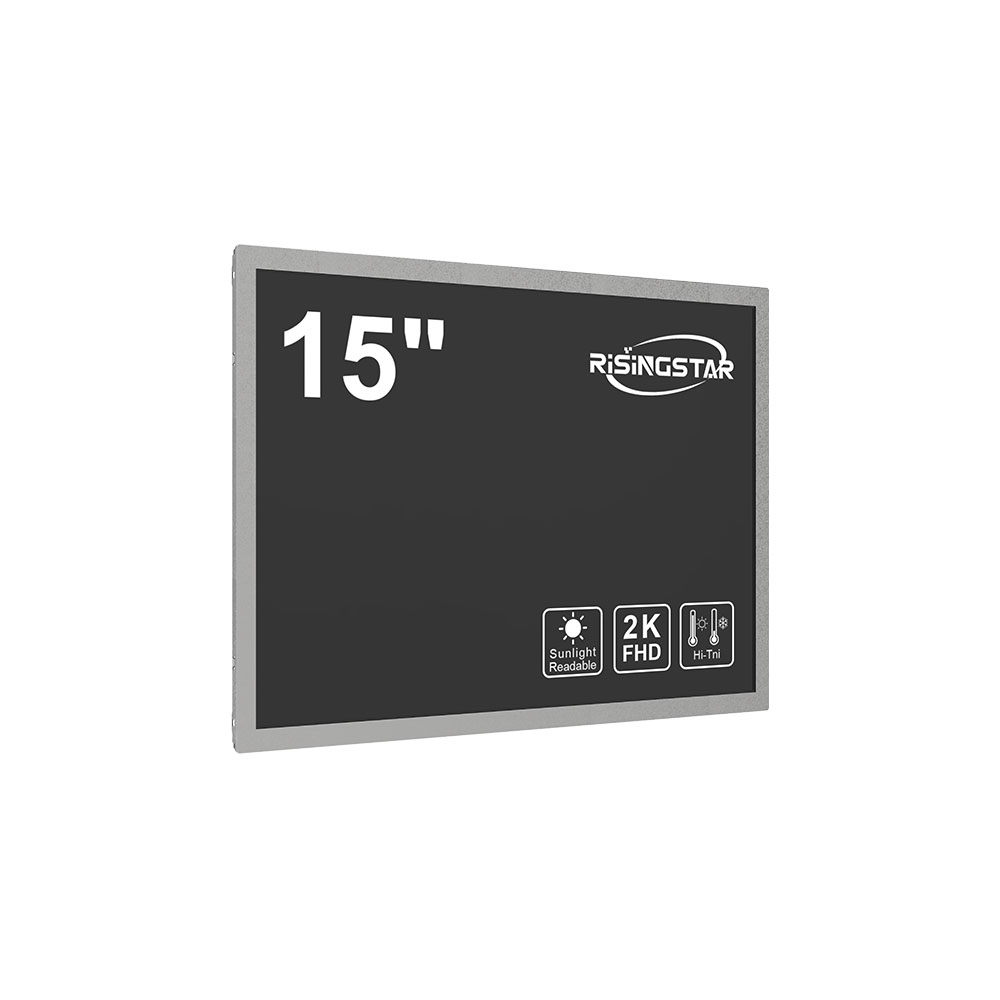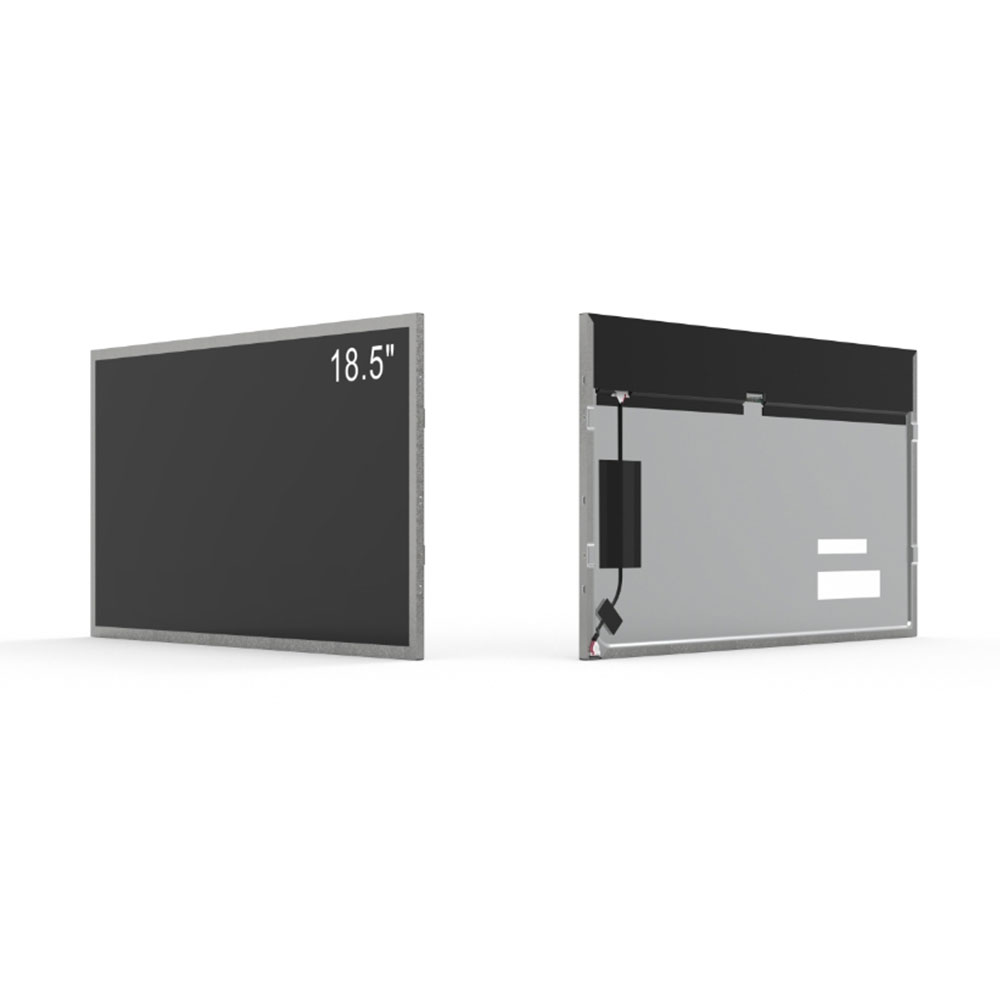Outdoor LCD displays are essential components in modern digital signage, public information systems, transportation hubs, and retail environments. These screens must withstand extreme weather conditions—ranging from intense UV exposure and high humidity to freezing temperatures and heavy rain—while maintaining brightness, clarity, and reliability. As an experienced outdoor display engineer with over a decade of field deployment across North America, Europe, and Asia, I’ve seen firsthand how proper selection and maintenance can extend the lifespan of these units by up to 50%.
Practical Applications

Outdoor LCDs are widely used in smart city initiatives, such as real-time bus schedules at transit stops, dynamic advertising in shopping malls, and safety announcements in airports. For example, the London Underground deployed 12,000+ outdoor LCD panels across its stations using IP65-rated displays with sunlight-readable technology, resulting in a 30% increase in passenger engagement compared to static posters.
Key Advantages
Modern outdoor LCDs feature high brightness (up to 5,000 nits), anti-glare coatings, and wide operating temperature ranges (-30°C to +60°C). They often include built-in environmental sensors that automatically adjust brightness based on ambient light—a critical feature for energy efficiency and reducing eye strain. According to the International Electrotechnical Commission (IEC) standard IEC 60068-2-1, outdoor displays must pass rigorous vibration and thermal shock tests before commercial use.

Common Problems & Solutions
One frequent issue is screen burn-in caused by prolonged static content. To mitigate this, manufacturers now implement pixel-shifting algorithms and automatic screen savers. Another challenge is moisture ingress; using conformal coatings on circuit boards and sealing joints with silicone gaskets (per IP65/IP68 standards) significantly reduces failure rates. In a 2023 case study by Samsung Display, outdoor units with enhanced waterproofing had only a 1.2% failure rate over 3 years—compared to 7.4% in non-certified models.
Latest Trends
The industry is shifting toward modular designs for easier maintenance and reduced downtime. OLED-based outdoor displays are emerging, offering deeper blacks and wider viewing angles, though they remain more expensive. AI-driven content management systems (CMS) now optimize content scheduling based on foot traffic patterns, improving ROI. A 2024 report from Grand View Research shows that the global outdoor LED/LCD display market will grow at a CAGR of 8.3% through 2030, driven by demand in retail, hospitality, and public infrastructure.
In summary, selecting the right outdoor LCD involves evaluating brightness, environmental ratings, and long-term maintenance needs—not just upfront cost. Regular cleaning, firmware updates, and preventive inspections are crucial for performance longevity.







